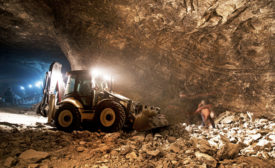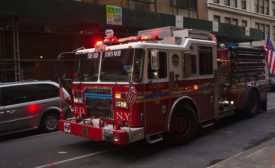Home » occupational illness
Articles Tagged with ''occupational illness''
Coal company officials charged with lying about Black Lung risks
“West Kentucky miners are about action, not just happy talk"
March 4, 2019
A NIOSH Science Blog post
29-year summary of silicosis in one state
Michigan’s data is “important to the rest of the country”
February 21, 2019
From the NIOSH Director's desk
NIOSH shows its love for PPE by asking, “How clean is clean?”
February 5, 2019
Become a Leader in Safety Culture
Build your knowledge with ISHN, covering key safety, health and industrial hygiene news, products, and trends.
JOIN TODAYCopyright ©2024. All Rights Reserved BNP Media.
Design, CMS, Hosting & Web Development :: ePublishing








